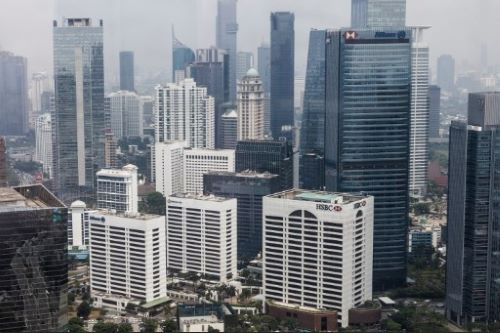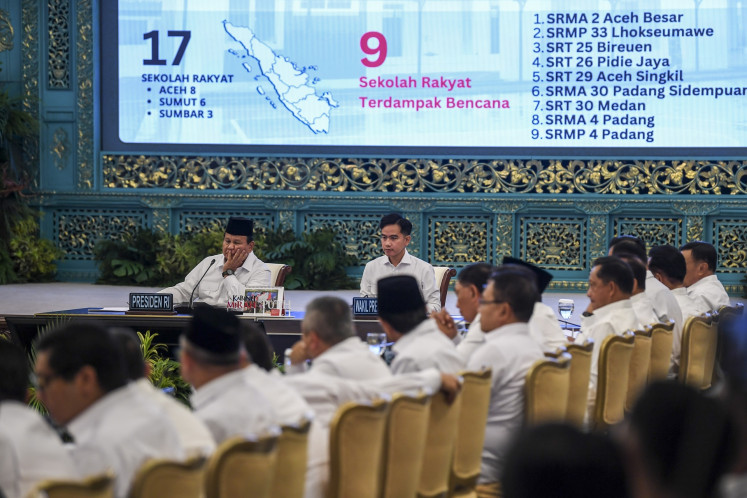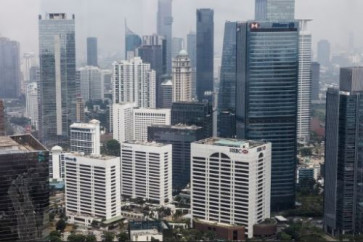Popular Reads
Top Results
Can't find what you're looking for?
View all search resultsPopular Reads
Top Results
Can't find what you're looking for?
View all search results2025 banking outlook: Navigating familiar uncertainties
Indonesian banks can expect to face challenges in 2025 similar to what they experienced last year, but these also present opportunities for innovative, proactive measusres to strengthen their position in the global financial ecosystem.
Change text size
Gift Premium Articles
to Anyone
I
ndonesia’s banking sector has played an important role in the past decades in boosting economic growth and supporting inclusive development. The national banking system evolved significantly during that period, transitioning from a largely traditional system to one that embraces modern technology and digital banking solutions. However, despite significant progress, the sector continues to face several challenges and also stands to benefit from new opportunities.
Looking back at 2024, the banking sector faced several challenges as a result of global volatility due to various factors, from geopolitical turbulence to the domestic environment. Last year was really a tough year, with one of the highest swings in the capital market affecting banking sectors, especially through liquidity and asset quality pressures.
However, major indicators showed that the banking sector still remained resilient, despite the prolonged global uncertainties.
In 2024, loans still grew at above the 10 percent level or 8.9 percent year to date, one of the best performances in the last six years. The main drivers of loan growth were consumer and investment loans, which increased respectively to 11.01 percent year-on-year (yoy) in October from 10.88 percent yoy in September and to 13.63 percent yoy from 12.26 percent yoy.
By sector, the four largest contributors posted high growth figures. The financial sector posted significant growth of 24.1 percent yoy, followed by the wholesale and retail trade sector at 8.6 percent yoy, manufacturing at 7.2 percent and the agriculture and plantation sector at 7.8 percent. It is worth noting that these four sectors contributed 43.6 percent of total loans.
Given these latest figures, we viewed that loan growth would stay solid until the end of 2024, driven mostly by strong demand from the consumer sector, such as housing, vehicle and household loans.
In terms of asset quality, Indonesian banks have been proven to manage risk, as depicted by a relatively stable overall nonperforming loan (NPL) ratio in November at 2.20 percent gross and 0.77 percent net. Loan quality trends have improved since the second quarter of 2024. We saw that micro, small and medium enterprises (MSMEs), corporate and consumer NPLs dropped last year to 4.00 percent, 1.72 percent and 1.85 percent, respectively.



















